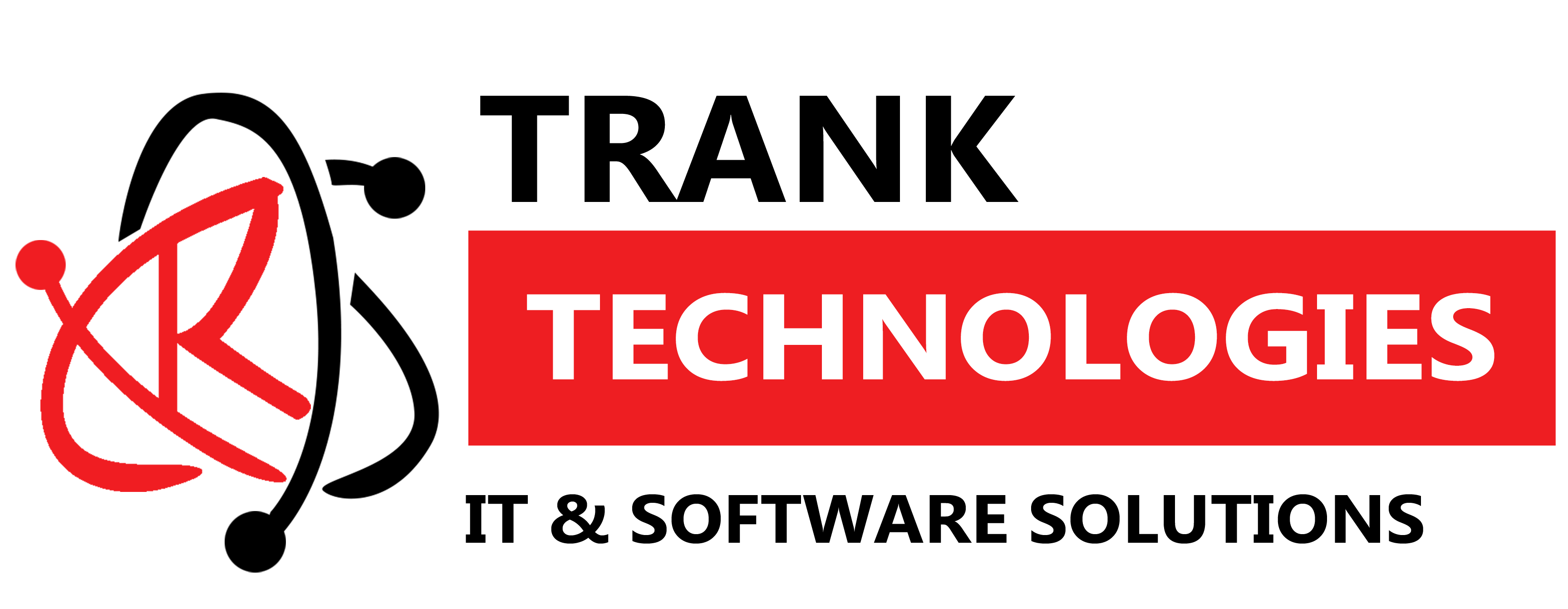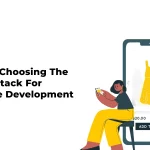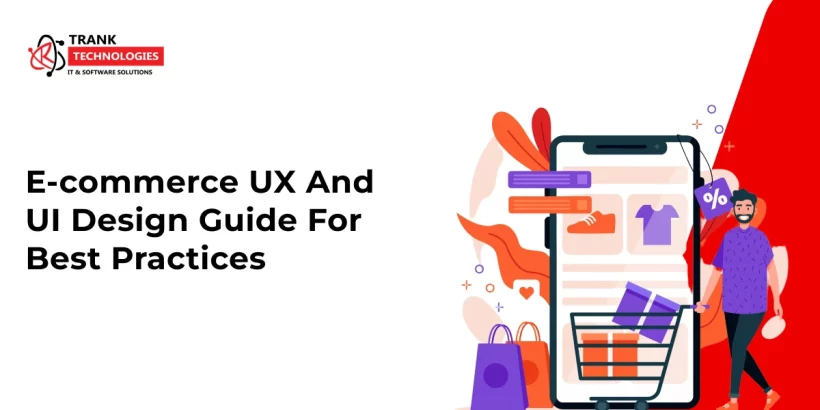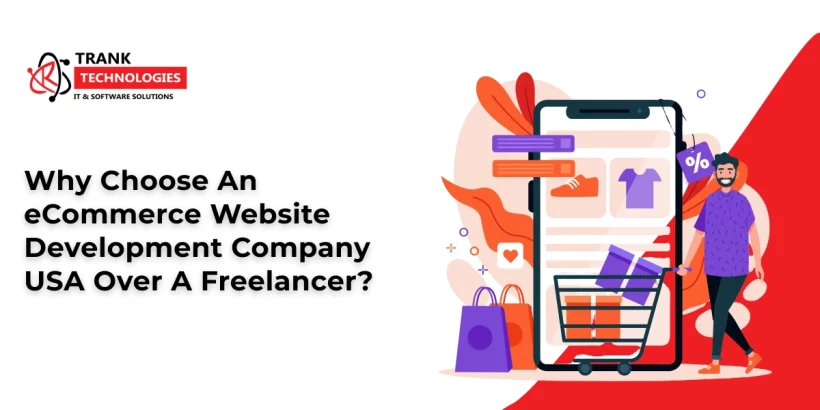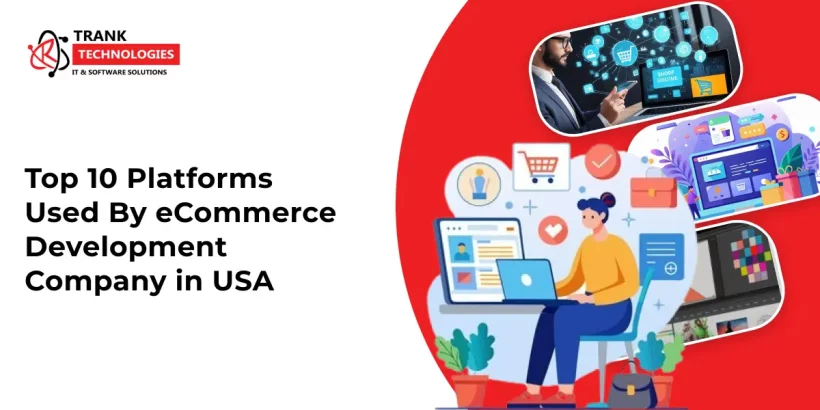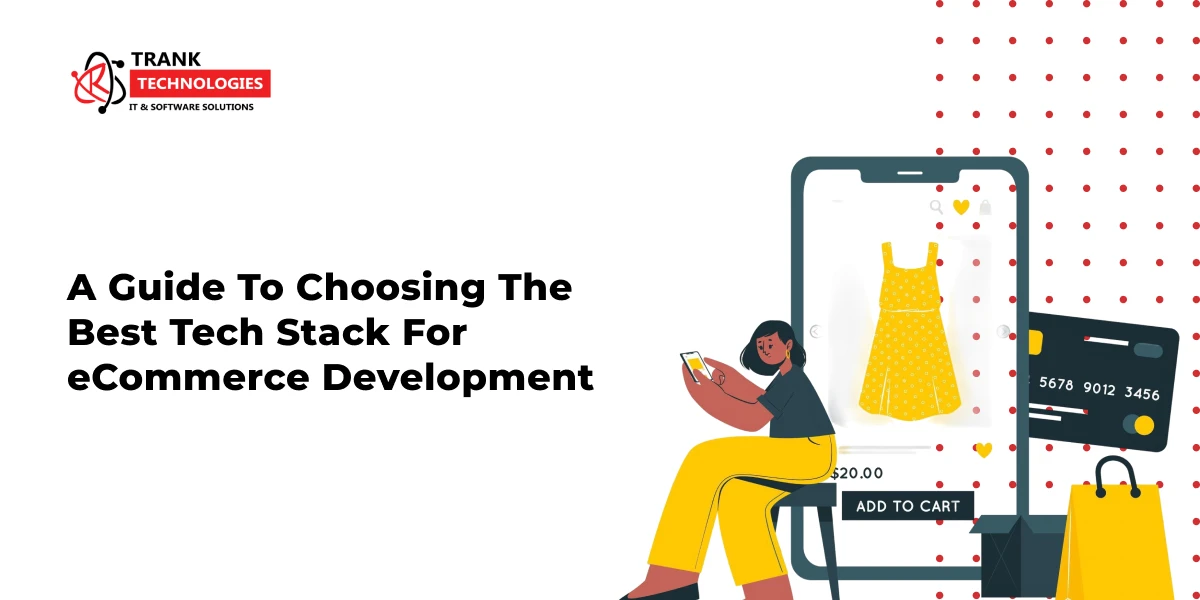
A Guide To Choosing The Best Tech Stack For ECommerce Development
No matter what type of ECommerce project you wish to undertake, choosing the right ECommerce stack is the first step towards building a successful online business. It will never be fruitful until you establish the best tech stack for your ECommerce website or application.
With early decision-making and selecting the right ECommerce tech stack, enterprises can achieve their business goals more quickly in the long run. Nevertheless, with several available options, it can be challenging to decide which is the most appropriate for your business venture.
What Is A Technology Stack?
A technology stack combines technologies to build any website or application. This is an arrangement of frameworks, apps, tools, platforms, and programming languages employed to develop a website or app of any category. Technology tools and platforms are layered on top of one another to create a functional application or website, which is how the term “technology stack” originated. Generally, a tech stack is comprised of both front-end and back-end technologies.
ECommerce Technology Stack For Development
Let’s explore the ECommerce tech stack components, which comprise the front-end and back-end, to better understand how an ECommerce technology stack operates.
1 – Front-End
In front-end development, external-facing applications and languages are used to design and develop your online store or ECommerce website. In simple words, front-end development is the process that makes your online store aesthetically pleasing and customer-friendly. Three front-end technologies are used alongside each other. These are –
- HTML – This stands for Hyper Text Markup Language, which is used for web page development.
- CSS – Stands for Cascading Style Sheets is the language used to add style to HTML documents.
- JS – Stands for Java Script for implementing dynamic and interactive elements to webpages.
2 – Back-End
The back-end is another component of the ECommerce technology stack. The back-end process is thoroughly responsible for ensuring robust functionality. These are the server-facing applications and languages used to support an ECommerce website and software solutions that can interact with one another. Back-end technology includes –
- Database – A database helps you access and manage information relevant to your ECommerce business operations. Some examples of relational and non-relational databases are DynamoDB, Firebase, MongoDB, MySQL, and PostgreSQL.
- Storage – This is a system for storing and managing data.
- Web Server – This is the computer program that takes requests from users who visit your ECommerce website, analyzes them, and then distributes web pages according to those requests.
Components Of The Best Tech Stack For ECommerce Development
A successful ECommerce tech stack results from thorough analysis and consideration of multiple aspects. Let’s delve into the components of the best tech stack for ECommerce.
1 – ECommerce Hosting Platforms
ECommerce platforms are the backbone of your online store’s operation, and always keep it open all the times. Whether open source or SaaS, these hosting vendors provide the server-side power and storage to keep your ECommerce store online and effortlessly accessible.
2 – ECommerce Marketing Tools
As omnichannel approaches have become the norm, ECommerce marketing is becoming more complex. Therefore, having a tool that enables you to control the sales channels related to your business, such as social media or email, helps streamline marketing operations and personalize customer experiences.
3 – CRM Tools
CRM (Customer Relationship Management) tools help you better understand your customers while providing insights. In addition to improved customer relationships, enhanced productivity, increased sales, and better data management, CRM lets enterprises set up a series of steps, such as sending emails or notifications, that are set into motion by specific actions.
4 – Shopping Cart Tools
Having the best shopping cart tools is one of the best components to look for when finalizing the best ECommerce tech stack for your online store. Although a good ECommerce experience ends with a frictionless checkout experience, having a secured shopping cart that processes multiple payment methods can help increase conversion rates.
5 – ECommerce Website Development
As the name suggests, website development tools enable you to design and create your online store from scratch. Having your business online offers numerous advantages, including cost-effectiveness, 24/7 accessibility, increased reach, valuable data insights, customer engagement, and boosting sales.
6 – Payment Gateway
When researching the right e-commerce technology stack, the payment gateway is one of the most considered components. Good, effortless payment processing makes checking out facile. A good payment gateway can provide an enterprise with enhanced security, improved customer experience, faster transaction processing, and the ability to scale and expand globally.
Also Read: Ecommerce UX And UI Design Guide For Best Practices
List Of Tried & Tested Best ECommerce Tech Stacks
The appropriate and best ECommerce tech stack is crucial to ensuring the scalability of your ECommerce platform. Whether an ECommerce platform has been created for web, mobile, or both, here is a breakdown of the top e-commerce technology stacks compatible with all.
1 – MEAN Stack
MEAN is a robust set of technologies for creating ECommerce websites. It stands for M—MongoDB, E—Express.js, A—Angular, and N—Node.js.
MEAN technology components are –
- MongoDB – Database management:
- Express.js – Backend web framework
- Angular – Front-end framework
- Node.js – An open-source, cross-platform server
2 – MERN Stack
MERN stands for M – MongoDB, E – Express.js, R – React, and N – Node.js. This technology creates modern, dynamic, fully functional platforms. The server side (Node.js with Express) endures the API for product data stored in MongoDB.
MERN technology components are –
- MongoDB – A NoSQL database
- Express.js – Back-end framework:
- React – Front-end framework
- Node.js – JavaScript Runtime
3 – LAMP Stack
LAMP stands for L—Linux, A—Apache, M—MySQL, and P—PHP. This ECommerce stack is reliable for scalable online stores with high traffic. Its excellent database management capabilities make handling product data, user information, and online transactions easier.
LAMP technology components are –
- Linux – Operating System
- Apache – Web Server
- MySQL – Database management:
- PHP – Scripting Language
4 – .NET Stack
As another best tech stack for ECommerce development, .NET Stack includes Entity framework, ASP.NET MVC, React, SQL Server, and Azure cloud services for online store development. These technologies provide secure authentication with payment gateways, inventory control, and a consistent shopping experience.
.NET ECommerce stack’s components are –
- ASP.NET MVC and ASP.NET Web API – Backend Framework
- SQL Server, Azure SQL DB – Database
- ORM (Object-Relational Mapper) – Entity Framework
- React, Angular – Front-end Frameworks
5 – Java Spring Boot
For enterprises that wish to have an efficient ECommerce platform, Java+Spring Boot is the right e-commerce technology stack choice. It is versatile, has strong support, and is remarkable in its ability to handle complex business logic seamlessly.
Java Spring Boot ECommerce stack’s components are –
- Front-End Development
- Back-End Development
- Database Integration
- API Integration and Microservices
- Deployment and Hosting
ECommerce Development With Trank Technologies
If you wish to empower your business with top-tier ECommerce development solutions, Trank Technologies’ competent team can help make your vision a reality by choosing the best ECommerce tech stack. Our ECommerce developers specialize in creating online stores with advanced features like product filtering, secure payments, social media integration, and customer support to boost organic traffic and increase sales.
Having collaborated with various tech stacks, we possess comprehensive knowledge of their pros and cons, guaranteeing our ability to monitor intricacies and ensure cost savings for you efficiently. Today, let’s talk about your company and its ideal technological stack.
